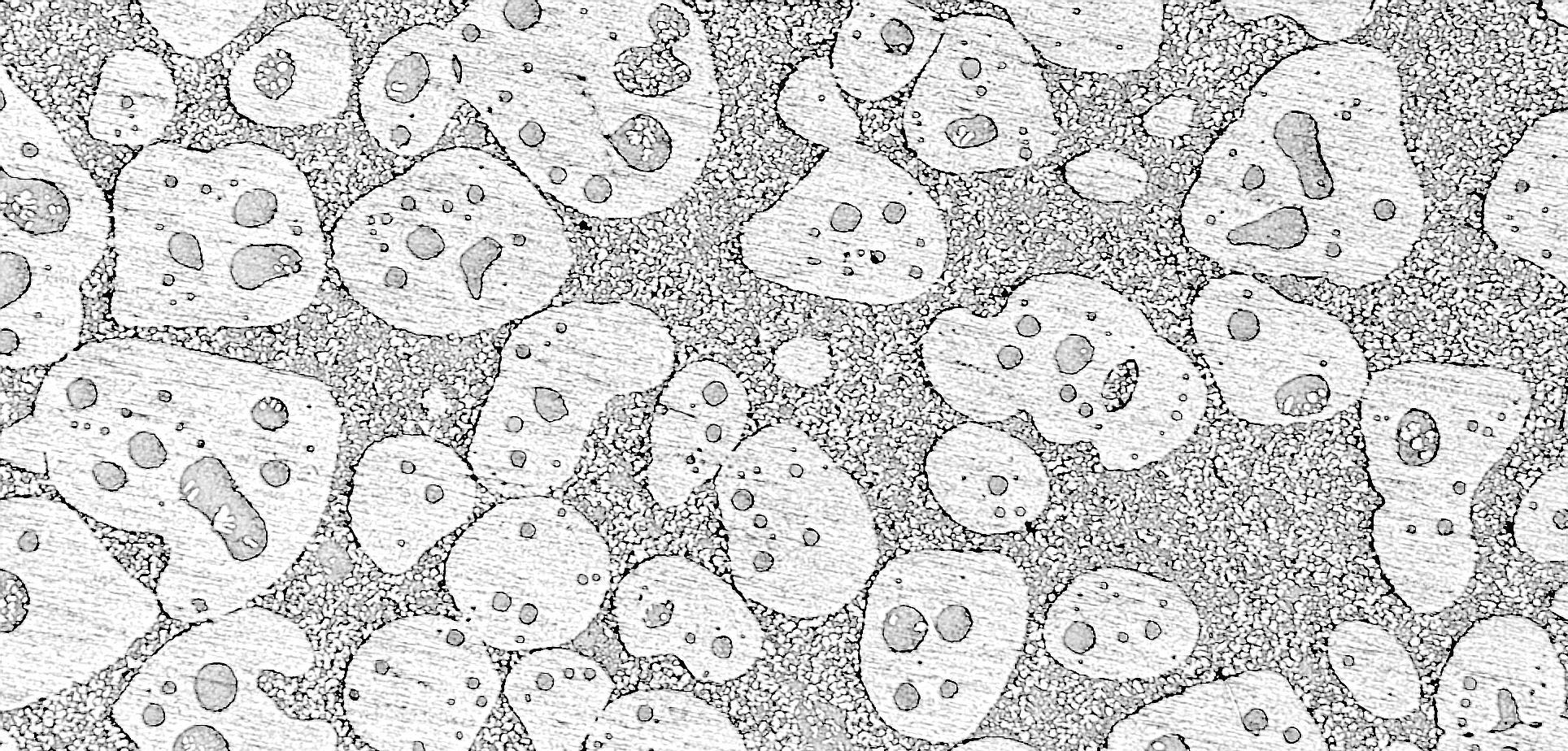
1 minute read
Effect of microalloying on tempering of Mo-W high thermal conductivity steel
J. Burja, A. Nagode, J. Medved, T. Balaško, K. Grabnar
The effect of microalloying elements, niobium, tantalum and titanium on tempering, namely secondary hardening peaks was studied. The austenitisation temperatures, along with grain growth was studied. A high thermal conductivity hotwork tool steel was studied, with the following modifications Nb+0,06 w/% Nb, Ta+0,03 w/% Ta, and Ti+0,006 w/% Ti) based on reference (sample 0). Thermodynamic calculations were used to investigate the influence of microalloying on the transformation temperatures and carbide formation. The austenitisation temperatures of 1030, 1060, 1080 and 1100 °C were chosen and the samples were tempered at 540, 580, 600, 620 and 640 °C. The microstructure, hardness and grain size were investigated. The microalloying elements had a positive effect on grain size during austenitisation and on the increase of hardness during tempering. The microstructure was also investigated with electron microscopy. Mo-W carbides were dominant and showed coarsening and morphological changes, mainly rounding, during high temperature tempering. The secondary hardening peaks were reached at temperatures between 600 and 620 °C.
KEYWORDS: HOT WORK TOOL STEEL, MICROALLOYING, MOLYBDENUM, TUNGSTEN, TEMPERING, HEAT TREATMENT
Introduction
Hot-work tool steels are a superior grade of steel known for their outstanding mechanical properties at high temperatures, making them essential for various applications. They are commonly utilized in the production of dies for extrusion, forging, and die casting. These dies undergo rigorous cyclic mechanical and thermal stresses, as well as abrasion, and adhesion. Therefore, hot work tool steels need exhibit combination of strength, hardness, toughness, wear resistance, thermo-cyclic stability, and good thermal conductivity [1-6]. The damage to these steels is primarily caused by a combination of low cycle fatigue and thermal fatigue resulting from frequent temperature fluctuations during operation [7,8]. Controlled chemical composition and appropriate heat treatment are necessary to achieve the required mechanical properties of hot-work tool steel. The typical microstructure of these steels consists of tempered martensite and carbide precipitates [9-12]. The heat treatment process involves three stages: austenitizing, quenching, and tempering. In the austenitization process, undissolved carbides, nitrides, or carbonitrides inhibit the growth of austenite crystal grains, which is essential for achieving small crystal grains and adequate mechanical properties. Microalloying elements such as Nb, Ta, V, and Ti are added to suppress grain growth [5,12,18]. Carbide precipitates, however, play a crucial role in secondary
Institute of Metals and Technology, Slovenia
Aleš Nagode, Jožef Medved, Tilen Balaško
Department of Materials and Metallurgy, Faculty of Natural Sciences and Engineering, University of Ljubljana, Slovenia
Klemen Grabnar
Beni Tehing d.o.o., Slovenia








